#temperate forests
Explore tagged Tumblr posts
Photo

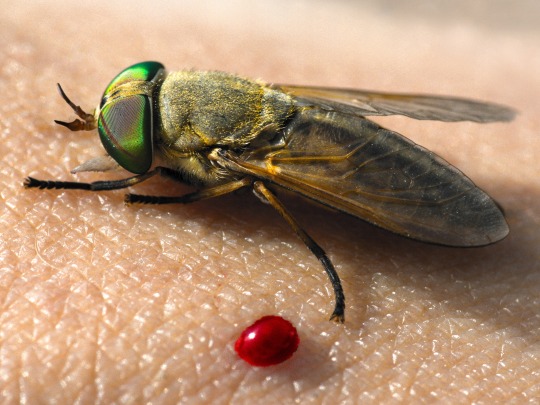

Horsing Around with Horse Flies
Though horse flies are regarded worldwide as pests, members of the family Tabanidae are an important part of their natural environments. Adults feed on nectar, and some are specialized pollinators that have evolved to only collect from a few select flowers. Just like mosquitoes, only female horse flies feed on blood. Reproduction requires moisture; typically clean, stagnant or slow-moving water. Because of this, some species of horse fly are excellent indicators of an ecosystem’s health. Their role as disease carriers is also a valuable part of any functioning ecosystem; diseases can keep animal populations in check, and sick animals are often easier targets for predators. Horse flies themselves are also a juicy treat for amphibians, reptiles, and birds, as well as insects like wasps and spiders.
There are about 4,455 species of Tabanidae flies, the majority of which reside in the genus Tabanus. Most species share the same general body shape: a large head, a fat body supported by six legs, and one pair of wings. However, there are many variations on this pattern in terms of size, color, and specialized appendages. The smallest horse flies are only 5 mm (0.19 in) long, while the largest is over 30 mm (1.18 in). Like other flies, horse flies have a set of compound eyes made up of thousands of ommatidia: specialised units which allow them to combine input from multiple angles. The resulting image has a poor resolution, but it’s useful for detecting rapid movement-- an important tool when trying to avoid predators. The eyes of male horse flies are holoptic, meaning they meet in the middle to give the appearence of one continuous eye.
Horse flies go through a complete metamorphosis, also known as holometabolism, over the course of their lives. Eggs are laid of clusters of anywhere from 100 to 1000, typically on plants near a source of fresh water. After about six days, the larvae hatch and drop down into the water or burrow into the moist ground, and use a respiratory siphon to pull air from the surface. In temperate regions the grubs enter a stage of dormancy, while tropical horse flies develop year-round. While in this stage individuals consume a number of other insect larvae, worms, and aquatic insects. Once fully developed the horse fly larva pupates for one to three weeks, after which it emerges as a fully-grown adult. Mating can occur as soon as the wings have fully expanded, although female horse flies need to feed on large quantities of blood before depositing the egg mass, in order to provide her young with the nutrients they need to develop.
Conservation status: No horse fly species has been evaluated by the IUCN, and due to their large numbers populations are considered stable. However, some species only live in certain habitats, particularly wetlands, which are threatened by pollution or destruction.
If you like what I do, consider leaving a tip or buying me a ko-fi!
Photos
Large marsh horse fly (Tabanus autumnalis) by AJ Cann
Greenhead horse fly (Tabanus nigrovittatus) by Claudia Husseneder
American horse fly (Tabanus americanus) by Sturgis McKeever
#horse fly#Diptera#Tabanidae#true flies#flies#insects#arthropods#generalist fauna#wetlands#tropical forests#temperate forests#grasslands#Savannahs#deserts#urban fauna#north america#south america#europe#asia#africa#oceania#animal facts#biology#zoology
228 notes
·
View notes
Text

Melancholic winter
#impressionism#painting#art#abstract#semiabstract#inspiration#travel#adventure#explore#inspire#horizon#inspirehorizon#calm#tranquility#virtue#wisdom#courage#temperance#justice#landscape#nature#trees#winter#river#sky#clouds#ice#snow#pines#forest
121 notes
·
View notes
Text

Silly little comic, close-ups of panels below the cut



#fun little speculative evolution/biology stuff#I imagine half-foots being highly social and more active at dusk and night compared to other humans#many half-foot communities live low to the ground in tropical-temperate forested areas#some communities closer to dwarven towns choosing to burrow instead of remaining only above ground#burrowing half-foots tending to have shorter heights and tails compared to their above ground counterparts#they’d also more align to dwarven beauty standards compared to elven and tallmen (to an even higher degree)#chilchuck#marcille donato#chilchuck tims#dungeon meshi#delicious in dungeon#fanart#myart#comic#I don’t think chilchuck would be strictly a burrowing half-foot but he’d have a lot of the traits of them that helps him explore dungeons
224 notes
·
View notes
Text

In the deep, dark plantation large carpets of moss decorated with Russula Brittlegill mushrooms bringing some colour to this dark landscape.
#alexmurison#beautiful#forest#mushroom#mushrooms#fungi#moss#green#rainforest#temperate rainforest#lensblr#original photography#photographers on tumblr#original photographers#landscape photography#nikon#wilderness#explore more#walking#explore#wanderlust#adventure#hiking#wander#walk
80 notes
·
View notes
Text

Beaver Creek Falls Waterfalls, Oregon Bonnie Moreland
#oregon#waterfall#landscape#autumn#fall#nature#leaves#photography#fall aesthetic#trees#river#creek#forest#temperate rainforest#hiking
69 notes
·
View notes
Text






take a look at my awesome mammal collection (figuring out morphs/markings/traits for my specbio species kiatsoraks)
traits list: 1: dilute clouding, hind socks, and a chest blaze 2: full points, toe socks, and trout spotting 3 full marble and a snowcap 4: tapering bands, foot points, full hood and piebaldism 5: dorsal stripe, lightunderbelly feathering, and bicolour socks 6: full hood, heavy underbelly feathering, hind socks, frontal tabby and white striping <- goddamn. hogging all the traits are we
#these are all on one subspecies base!! but they include all 3 subspecies colourations#so. the green ones and the cloudy blue one are fliotsam. last guy is mmeeeeee#the white and dark blue marbled/swirled one and the super icy blue one are both njietsan#and the piebald one is fandelon!#(fliotsam are temperate coastal forest dwellers. njietsan are alpine dwellers and fandelon are subtropical coastal dwellers)#specbio#THESE AREN'T RECENT!!! they're from around 3 months ago#speculative biology#spec bio#spec evo#kiatsoraks
41 notes
·
View notes
Photo
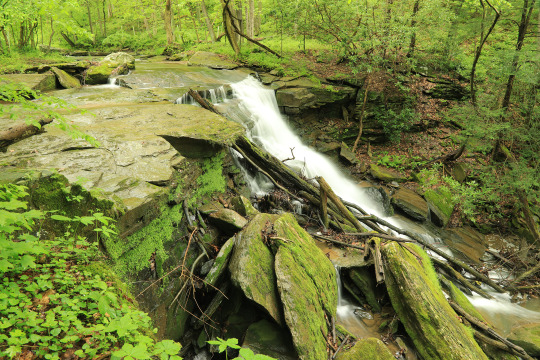
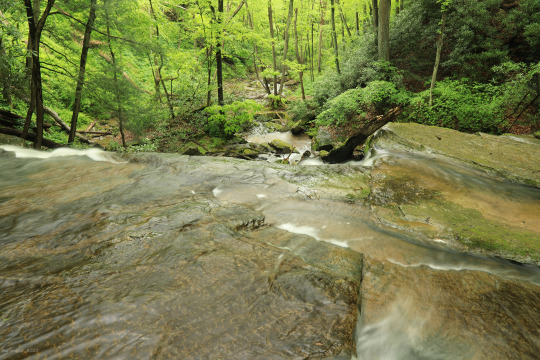
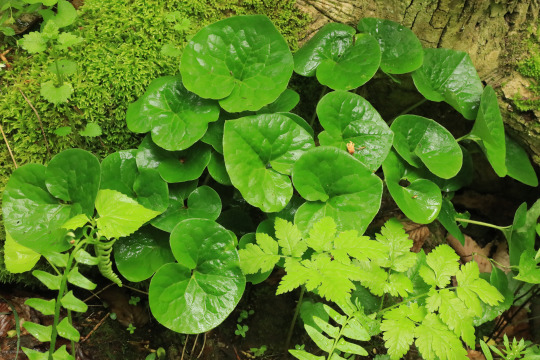
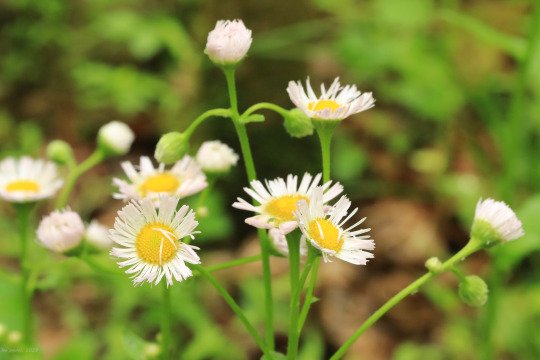
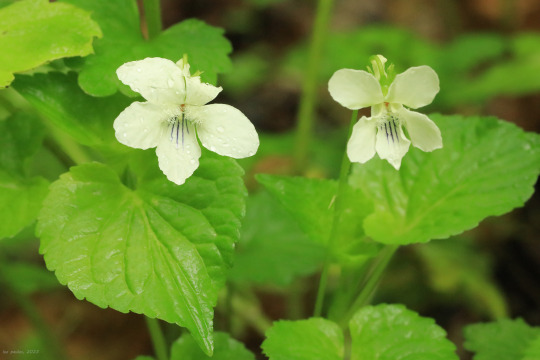
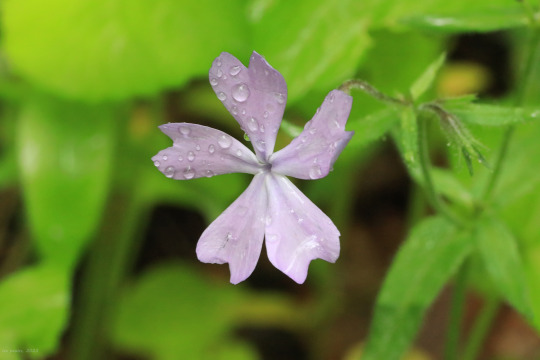
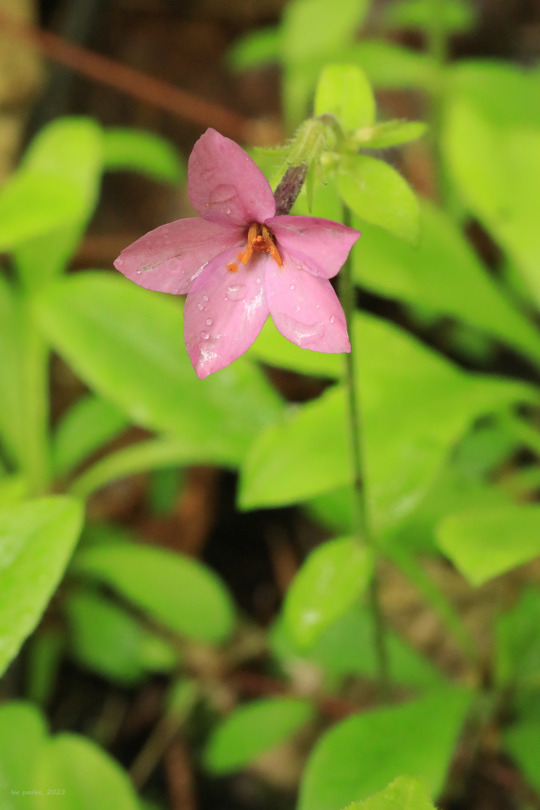
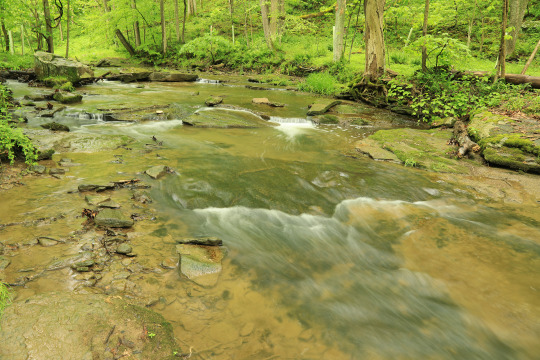
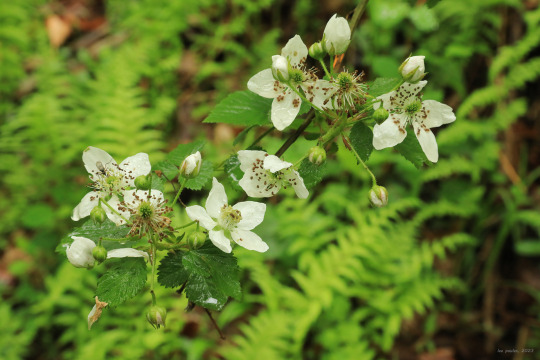
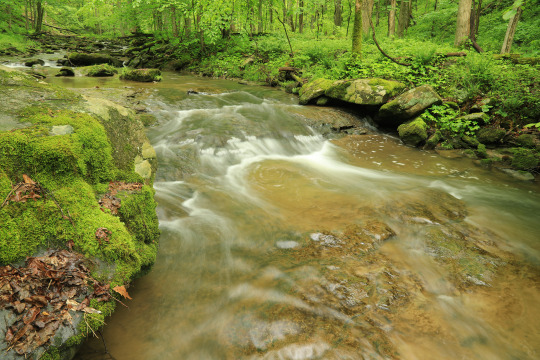
Part 2: After the Rain - Life in an Appalachian Temperate Forest.
From top: Wild ginger (Asarum canadense), also known as Canadian snakeroot; Philadelphia fleabane (Erigeron philadelphicus), a lovely spring aster deserving of a more dignified name; white wood violet (Viola sororia albiflora), a white variation of the common blue violet; woodland phlox (Phlox divaricata), also called wild blue phlox; creeping phlox (Phlox stolonifera), a mountain native and the most delicate and beautiful of Appalachia’s many wonderful phlox species; and Allegheny blackberry (Rubus allegheniensis).
#appalachia#vandalia#west virginia#toms run preserve#west virginia land trust#temperate forest#rain#intense green#flora#wildflowers#may#wild ginger#canadian snakeroot#phildaelphia fleabane#white wood violet#woodland phlox#wild blue phlox#creeping phlox#allegheny blackberry#common blackberry
458 notes
·
View notes
Text
"Two so-called “Celtic rainforests” in the UK are to be restored with a mixture of native planting and natural reforestation.
The hope is that they will provide rich habitats for dozens of species, improve groundwater quality and flood prevention, and allow residents and tourists to experience an exceptionally rare forest biome called temperate rainforest.
The most famous and largest temperate rainforests on Earth are found in the US states of Oregon and Washington, along Brazil’s Atlantic coast (known as the Atlantic Forest), and on New Zealand.
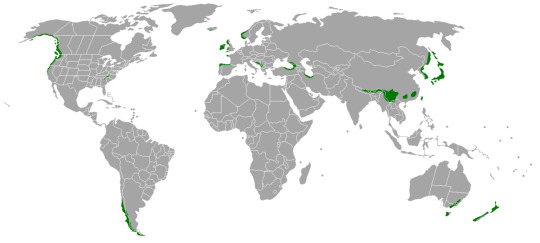
Pictured: Map of the global distribution of temperate rainforests. Source: Wikipedia
Britain, especially Wales, would have featured a certain amount of these Celtic rainforests in areas that experience high moisture content coming off the ocean, and low variations in annual temperatures.
One such place is Creg y Cowin on the Isle of Man, where 28 hectares (70 acres) of native Celtic rainforest will be planted by hand, and another 8 hectares (20 acres) left to regenerate naturally.
The Manx Wildlife Trust will be responsible for the project, and it anticipates “the return of oakwood dwellers such as wood warbler, pied flycatcher, and redstart, as well as raptors, owls, and woodland invertebrates.”
Historic agricultural dwellings called “tholtans” will be left on the landscape for their historical and cultural significance.
Elsewhere, in Gwynedd, North Wales, another 40 hectares (112 acres) of Celtic rainforest will be raised via a mixture of native planting and regeneration. The selected site is the peak and slopes of Bwlch Mawr, near the university town of Byrn Mawr.
“There’s real momentum now to restore and expand our amazing temperate rainforests, and it’s brilliant to see the Wildlife Trusts advancing their plans,” Guy Shrubsole, environmental campaigner and author of The Lost Rainforests of Britain, told the Guardian in the wake of the announcements."
-via Good News Network, 4/7/23
#uk#united kindgom#england#wales#gwynedd#rainforest#forest#temperate rainforest#rewilding#celtic#ecosystem#good news#hope
583 notes
·
View notes
Text

Pixie parasol
#fairy#forest#rainforest#temperate rainforest#beetle#galah#bird#river#golden stag beetle#rain#insect#fungi#fantasy#artblr
23 notes
·
View notes
Text
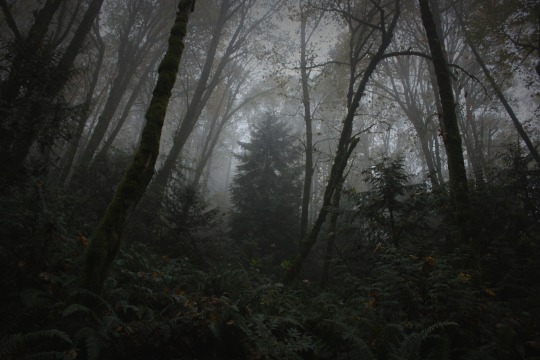
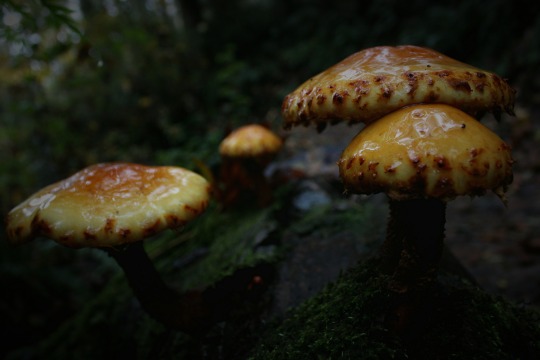

forest park, pdx december 2014
#forest park pdx#forest park portland#pdx#pnw#pacific northwest#portland#oregon#rainforest#temperate rainforest#winter#december#2014
116 notes
·
View notes
Text

Nimpkish River, BC
#forest#nature#canada#trees#hiking#water#british columbia#rocks#river#landscape photography#vancouverisland#temperate rainforest#nature reference#nature photography#photography#desktopwallpaper#desktop
67 notes
·
View notes
Text
In the northern US, the trees are pretty. I don't see trees like this often.

(picture by me)
21 notes
·
View notes
Text

Reflections of serenity
#impressionism#painting#art#abstract#semiabstract#inspiration#travel#adventure#explore#inspire#horizon#inspirehorizon#calm#tranquility#virtue#wisdom#courage#temperance#justice#landscape#nature#forest#trees#lake#reflection#summer#spring
50 notes
·
View notes
Text


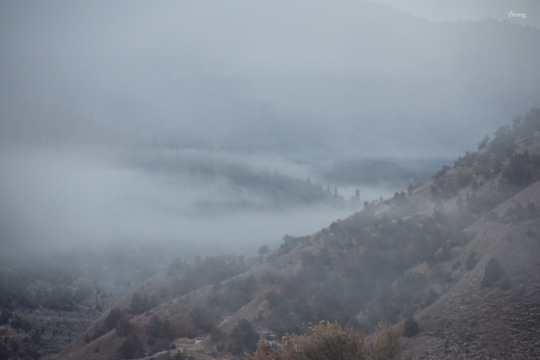
6 AM
#Roman city over Cool Temperate Moist Forest 64 ft / 50 m above sea level#Byrce National Park in High Desert 8000 ft / 2438 m above sea level#Front Range of Rocky Mountains in Alpine Subarctic 7740 ft / 2359 m above sea level#hourbyhour#ishootsometimes#out there#outside#landscape photography#vvrong
44 notes
·
View notes
Text




Hoh Rainforest - Olympic National Park (2) (3) (4) by Duy Pham
11 notes
·
View notes
Text
do the academics who put all their paywalled papers up on their personal websites for free know what they’ve done for me. for all of us
#literally could not figure out how I’d read a paper about vertical vegetation structure in tropical vs temperate forests#bc I kept getting paywalled on sites my uni doesn’t pay for access to#and it was. it was literally on the main author’s site#willow’s wastebin tagxon#anyways. fun paper. did you guys know that most species richness in temperate forests is found in the herb layer? because I didn’t
50 notes
·
View notes